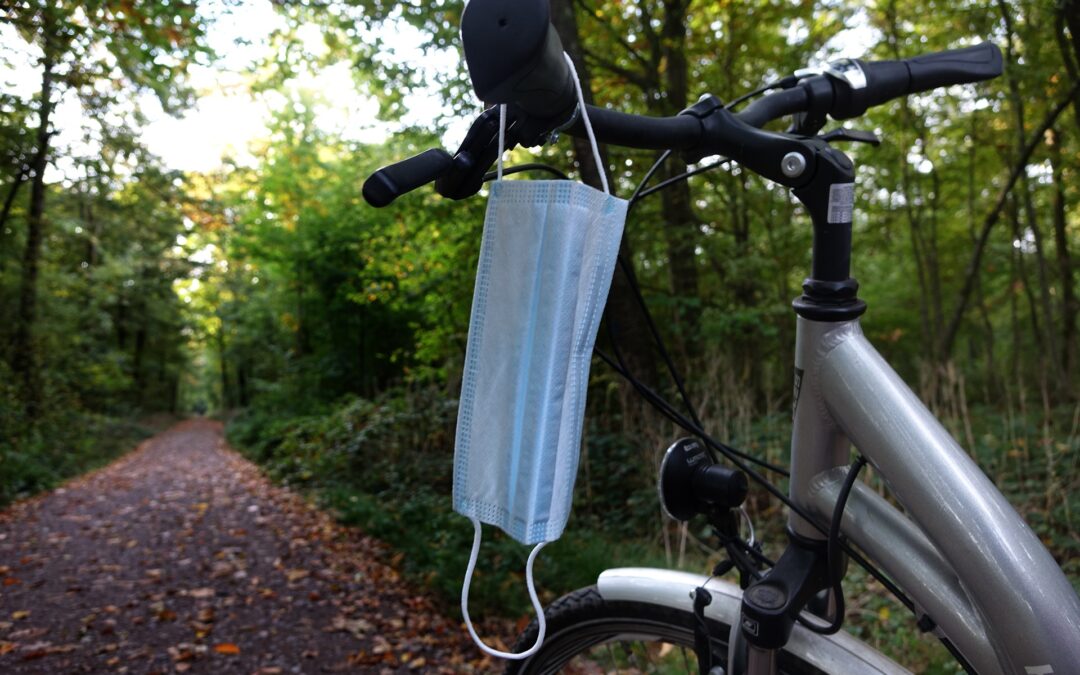Injury rates at an NCAA Division I institution after the COVID-19 lockdown.
Angileri HS, Rosenberg SI, Tanenbaum JE, Terry MA, Tjong VK. Orthop J Sports Med. 2023;11(8). doi:10.1177/23259671231187917.
Full Text Freely Available
Take-Home Message
Injury rates at a single NCAA Division I institution increased more than 10% following the return of athletes from the COVID-19 pandemic. While injury rates increased, total time lost due to injury decreased.
Background
The COVID-19 pandemic created an unprecedented event that dramatically impacted sports at all levels, suspending athletic competitions and training. Professional athletic organizations experienced a surge in injuries during the first season after the pandemic. Unfortunately, we know little about how the COVID-19 pandemic influenced injury rates in college athletes.
Study Goal
The researchers completed an epidemiological study to evaluate the injury rates across collegiate athletics at a single NCAA Division I institution following the COVID-19 pandemic using data collected from the institution’s injury surveillance database.
Methods
The authors extracted injury data from 18 sports during the 3 seasons before the pandemic (2017-2020) and 1 season after (2020-2021). The researchers defined an injury as an event resulting in an athlete missing practice or game time or if a problem persisted for >3 days. Total days unavailable and anatomical area of the injury were also included. The authors excluded non-sports related medical issues.
Results
Athletes after the pandemic experienced an 11% increase in the total injury incidence compared to before the pandemic. While total injury rate increased, reported “days unavailable” decreased from pre to post-pandemic 21%.
Viewpoints
Overall, these findings among college athletes match previous evidence among professional athletes that more injuries occurred in the season after the pandemic. Other SMR posts have suggested testing positive for COVID-19 increases an athlete’s risk of injury. Furthermore, another explanation is that healthcare professionals were more vigilant in monitoring athletes after the pandemic because they suspected there could be problems returning to sports after a prolonged break. More studies using data from multiple institutions should explore why athletes may experience more injuries after the pandemic (e.g., deconditioning, COVID-19 infections, better monitoring). Interestingly, athletes missed fewer days from injuries after the pandemic, suggesting that less severe injuries drove the increase in injuries.
Clinical Implications
Unfortunately, the COVID-19 pandemic may not be the last time we must suspend athletic activities. The growing evidence suggests we must be cautious when returning to play after prolonged sports restrictions. During this period, modifying current warm-up programs to align with key components of injury prevention warm-up programs may be valuable.
Questions for Discussion
What changes have you implemented due to the pandemic? What was your reasoning for continuing these services years later?
Written by Kyle Harris
Reviewed by Jeffrey Driban
Related Posts
Tested Positive for COVID? Be Careful Out There
We Need a Better Understanding of How COVID-19 Affected Our Athletes
Utilization of cardiovascular magnetic resonance (CMR) imaging for resumption of athletic activities following COVID-19 infection: an expert consensus document on behalf of the American Heart Association Council on Cardiovascular Radiology and Intervention (CVRI) Leadership and endorsed by the Society for Cardiovascular Magnetic Resonance (SCMR)
Adapted physical activity in subjects and athletes recovering from covid-19: a position statement of the Società Italiana Scienze Motorie e Sportive


